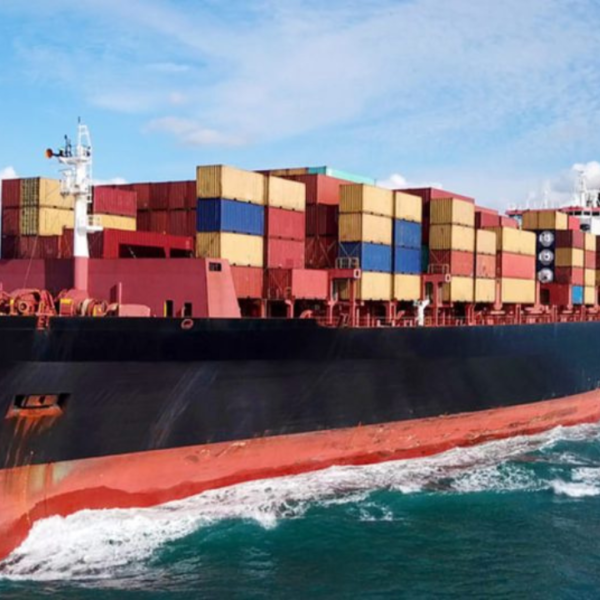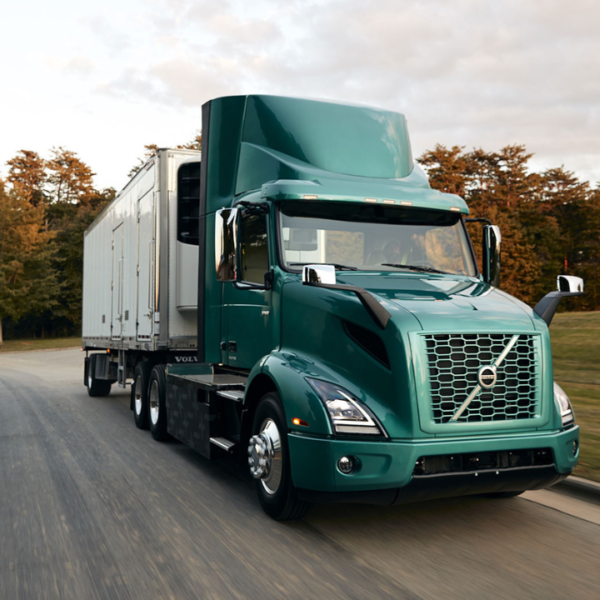The number of ships going between Asia and the U.S. seems to be getting more under control in the shipping business.
Several index sources say that spot rates have gone up for three weeks in a row, getting back to levels seen in early 2023 and late 2022. Multiple experts are now pointing out that the limited number of ships has positive effects on rates, and plans for U.S. imports are still higher than they were before COVID.
Omar Nokta, a shipping expert, says liners are reducing services due to increased demand. The capacity between Asia and the West Coast has decreased due to insufficient space and capacity restrictions.
Asia-European Shipping Rates Diverge Due to Capacity Constraints
The capacity between Asia and the East Coast has also decreased for the same reasons. Spot prices in the trans-Pacific region are increasing. This is because of reduced capacity, labor interruptions, and an improved forecast for cargo demand.
Trans-Pacific rates are increasing. Asia-European rates are decreasing. Linerlytica attributes this discrepancy to capacity constraints. Linerlytica predicts that the gap will widen in the coming months. Europe will add capacity while the trans-Pacific market will lose it.
Spot Rates Increase Despite Losses and Surpass Pre-COVID Levels
Trans-Pacific spot rates are still losing money despite their increase and being higher than pre-COVID levels.
According to Platts, the spot cost between the west coast of North Asia and the east coast of North America is currently $1,700 per 40-foot equivalent. The increase is 31% from last week. It is the highest level since October. According to Xeneta, the average short-term cost between the Far East and the West Coast is $1,715 per FEU. It is 33% more than June 29.
The spot prices for the Shanghai-Los Angeles route increased by 29% in 2018. This is 20% higher than pre-COVID levels and 24% higher than the projected prices for 2019.
The FBX China-West Coast index has increased by 20% since June 30. It currently stands at $1,438 per FEU as of Friday. The FBX is the same. The FBX China-East Coast rating increased by 19% from late June to $2,604 per FEU. It is 14% less than 2019 and 3% less than 2018.
U.S. Imports Increase in First Half of 2023 and Expected to Remain Strong
According to press release, Container Atlas, U.S. imports increased in the first half of 2023 by a low double-digit percentage. Imports are expected to remain strong in August and September. The pay season may require fewer estimate changes if imports remain stable or increase.
The ultimate guide to book dry van dispatch services!
Final Wording
The shipping industry could benefit from this. Demand for freight in North America is increasing, and the outlook is improving. Lading Logistics tries to get every possible change from the Trucking Industry. It also offers services like freight forwarding, ocean, train, road, air, and container shipping, as well as storage solutions, last-mile pickup and delivery, retail sales and distribution, trade automation services, and warehousing.



